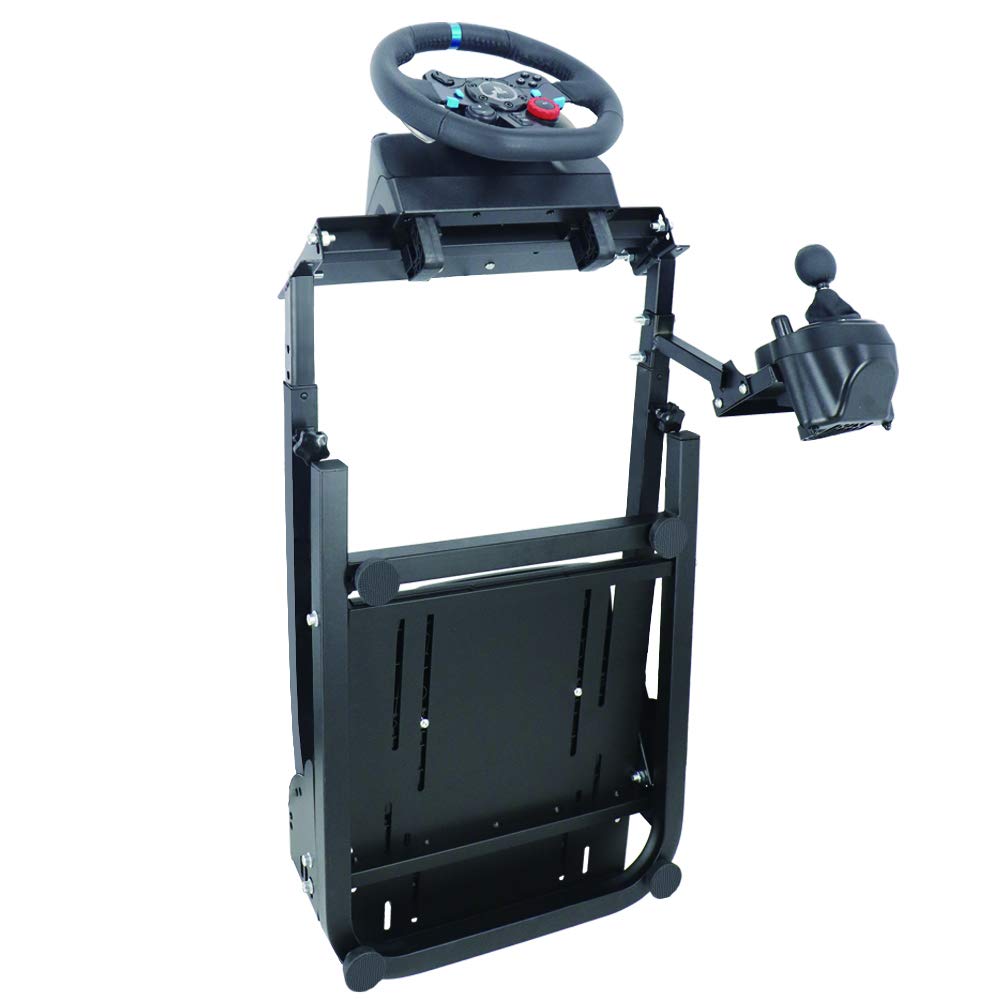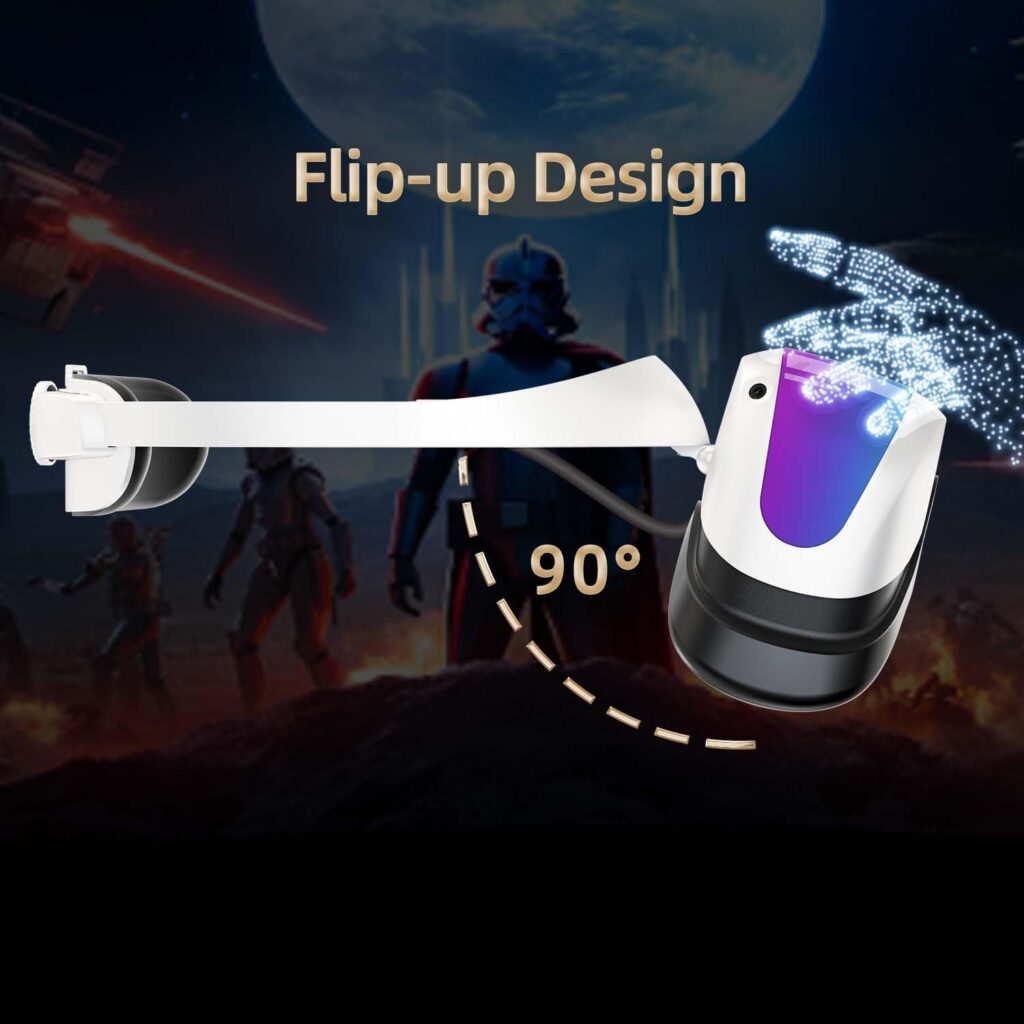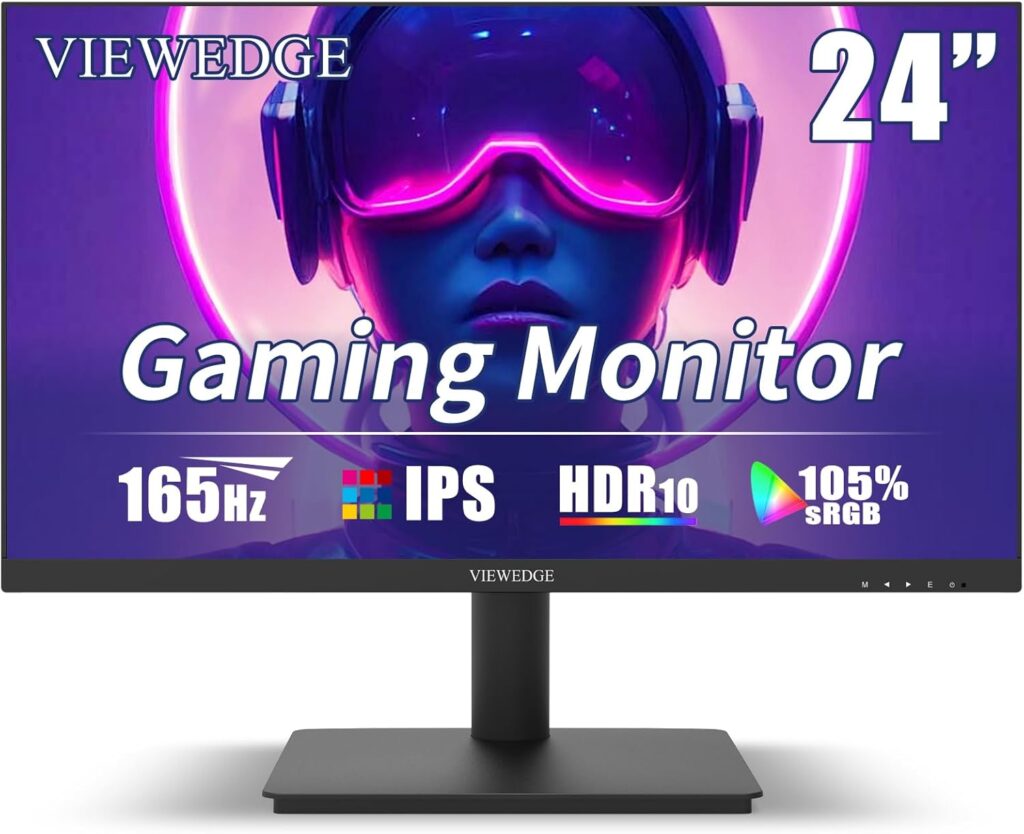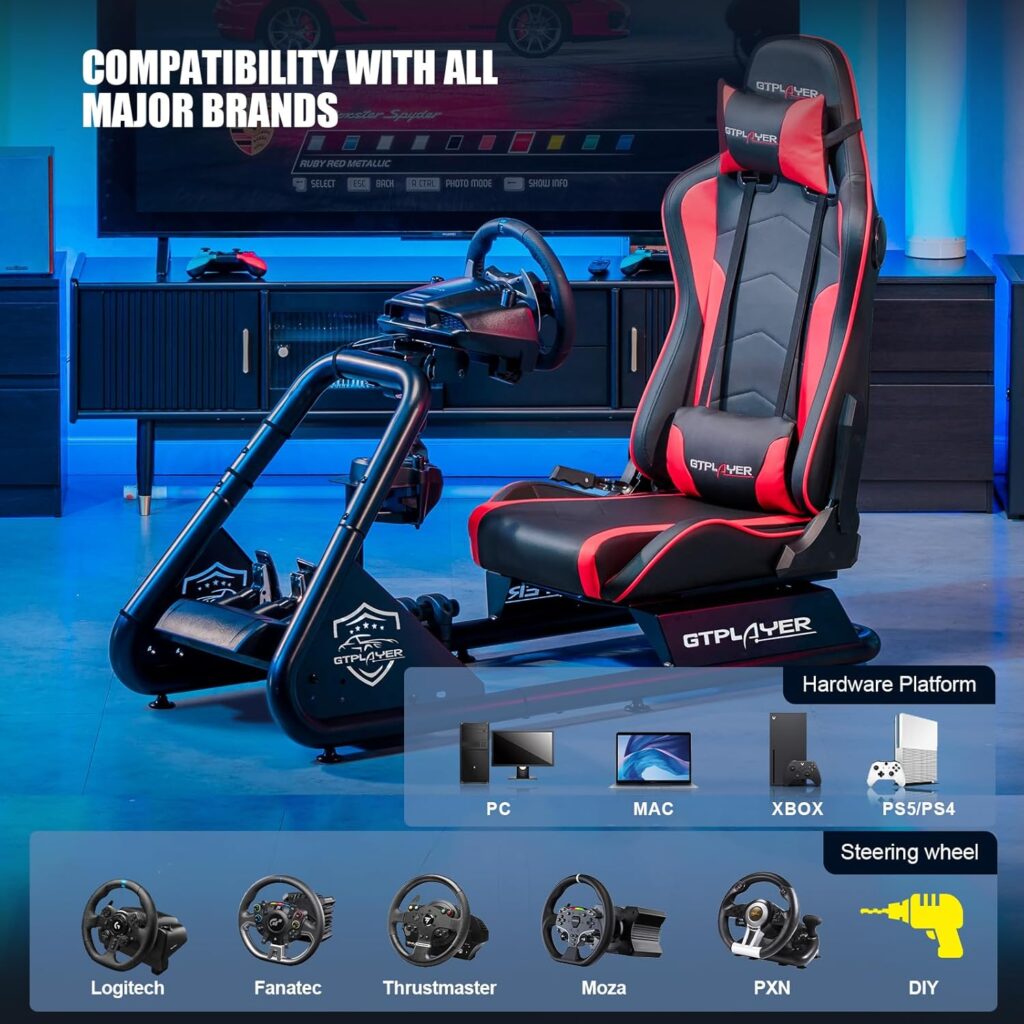sim racing has become increasingly popular among gamers and racing enthusiasts alike. But what exactly is force feedback in sim racing? Force feedback is a technology that allows the player to feel the physical sensations of driving a race car through the use of vibrations and resistance in the steering wheel. It adds an extra layer of realism to the virtual racing experience, providing a more immersive and engaging gameplay. So, if you’ve ever wondered why sim racing feels so lifelike, force feedback is the secret ingredient that makes it all possible.
What is force feedback in sim racing?
Force feedback is a critical component of the sim racing experience. It refers to the realistic and tactile sensations that the player feels through the steering wheel and pedals, simulating the physical feedback that a driver would experience in a real-life racing car. This technology allows players to feel the road surface, the grip of their tires, and the forces acting on the car, enhancing immersion and providing a more realistic driving experience.
Understanding Force Feedback
Definition of Force Feedback
Force feedback, also known as haptic feedback, is a system that provides the player with physical sensations through a sim racing wheel and pedals. These sensations are generated by a combination of motors, sensors, and software algorithms, and they mimic the movements and forces experienced by a driver in real-life racing scenarios.
Importance of Force Feedback in Sim Racing
Force feedback is crucial in sim racing as it adds a layer of realism and immersion to the virtual driving experience. It allows players to feel the nuances of the road, such as bumps, curbs, and tire grip, which can greatly enhance their ability to control the car accurately. Without force feedback, sim racing would feel disconnected and less realistic, diminishing the overall enjoyment and challenge of the game.
How Force Feedback Works in Sim Racing
Force feedback works by utilizing a combination of technologies to translate in-game actions into physical sensations felt through the sim racing wheel and pedals. When a player turns the wheel or applies pressure to the pedals, sensors detect these inputs and send signals to the software algorithms. The software then interprets these signals and instructs the electric motor(s) in the wheelbase to apply the necessary forces and vibrations, providing the player with realistic feedback that matches the actions on-screen.
Types of Force Feedback Systems
Mechanical Force Feedback
Mechanical force feedback systems are the most basic type of force feedback. They use mechanical linkages, such as gears and belts, to transmit the forces from the game to the player. These systems are simple and affordable, but they may lack the precision and smoothness of more advanced systems.
Belt Force Feedback
Belt force feedback systems use a belt mechanism to transfer the forces from the wheelbase to the steering wheel. This design allows for smoother and more precise force transmission compared to mechanical systems, resulting in a more realistic and immersive driving experience.
Direct Drive Force Feedback
Direct drive force feedback systems are at the top end of the spectrum and are considered the most advanced and realistic option. They utilize a direct connection between the motor and the wheel, eliminating any belts or gears. This direct transfer of force provides unparalleled accuracy, strength, and fidelity, making direct drive systems a favorite among professional sim racers.
Hybrid Force Feedback
Hybrid force feedback systems combine elements from different types of force feedback systems to offer a balanced experience. They may use a combination of belts, gears, and motors to provide a compromise between affordability, smoothness, and realism.
Components of Force Feedback Systems
Electric Motor
The electric motor is the heart of the force feedback system. It generates the forces and vibrations that are transmitted to the sim racing wheel and pedals, providing the player with realistic feedback. The type and quality of the motor significantly impact the overall performance and feel of the force feedback system.
Servo Controller
The servo controller is responsible for controlling the operation of the electric motor. It receives input signals from the game and translates them into appropriate commands to the motor, determining the strength and direction of the forces applied. A well-designed servo controller ensures accurate and responsive force feedback.
Sensor
Sensors play a crucial role in force feedback systems by detecting and translating the player’s inputs, such as steering angle or pedal pressure, into electrical signals. These signals are then processed by the software algorithms to determine the appropriate forces to be applied by the motor(s).
Software Algorithms
Software algorithms are the brains behind the force feedback system. They process the input signals from the sensors and translate them into commands for the motor(s) and sim racing wheel and pedals. These algorithms are responsible for generating the realistic forces and vibrations that mimic real-life driving sensations.
Force Feedback Wheels and Pedals
Force Feedback Wheels
Force feedback wheels are the primary interface between the player and the virtual racing world. They come in various shapes and sizes, with different features and force feedback capabilities. Force feedback wheels are equipped with motors and sensors to provide realistic feedback to the player, allowing for precise control and an immersive driving experience.
Force Feedback Pedals
In addition to force feedback wheels, force feedback pedals are another essential component of a complete sim racing setup. Force feedback pedals utilize load cells or potentiometers to detect the player’s pedal inputs accurately. They provide a realistic feel for acceleration, braking, and clutch control, enhancing the overall immersion and control in sim racing.
Combination Sets
Combination sets are popular among sim racers as they provide a complete package that includes a force feedback wheel and pedals. These sets are designed to work seamlessly together, offering a cohesive and immersive sim racing experience right out of the box.
Benefits of Force Feedback in Sim Racing
Enhanced Realism
One of the significant benefits of force feedback is the enhanced realism it brings to sim racing. The ability to feel the road surface, the tire grip, and the forces acting on the car allows players to experience the same sensations as a real-life race car driver. This realism adds depth and immersion to the game, making every race feel more authentic.
Improved Immersion
Force feedback greatly enhances the immersion in sim racing by making the player feel connected to the virtual world. The physical feedback from the wheel and pedals allows players to have a better sense of the car’s behavior, improving their ability to make split-second decisions and react to changing conditions on the track.
Better Car Control and Awareness
Force feedback enables players to have better control over their virtual cars. By accurately simulating the forces experienced by a real race car driver, players can feel the limits of the car’s grip, the effects of weight transfer during cornering, and the impact of bumps and curbs. This enhanced awareness translates into improved car control and more precise driving.
Simulating Real-Life Driving Conditions
Force feedback can simulate real-life driving conditions, such as different road surfaces, weather conditions, and vehicle malfunctions. Whether it’s the feeling of a wet track causing reduced grip or a severe tire puncture affecting steering, force feedback allows players to experience these challenges and adjust their driving accordingly.
Training and Skill Development
Force feedback provides a valuable training tool for sim racers looking to improve their skills. By accurately reflecting real-life driving dynamics, force feedback allows players to develop a better understanding of car control, weight transfer, and racecraft. Practicing with force feedback can help hone racing skills and improve performance.
Setting Up and Adjusting Force Feedback
Installing Force Feedback Software and Drivers
To utilize force feedback in sim racing, it is essential to install the necessary software and drivers for your specific sim racing wheel and pedals. Manufacturers typically provide downloadable software and drivers on their websites, which should be installed according to the instructions provided. Once installed, the software allows for customization and calibration of the force feedback settings.
Calibrating the Force Feedback System
After installing the software, it is crucial to calibrate the force feedback system. Calibration ensures that the forces and vibrations transmitted through the wheel and pedals are accurate and aligned with the inputs from the game. This process typically involves following on-screen instructions provided by the software, which may include turning the wheel to specific angles and applying pressure to the pedals.
Adjusting Force Feedback Settings
To achieve a personalized and optimal force feedback experience, it is necessary to adjust the force feedback settings. These settings allow players to fine-tune various parameters such as overall strength, vibration intensity, and steering sensitivity to suit their preferences and racing style. Experimentation and incremental changes are recommended to find the ideal balance that provides the most enjoyable and immersive driving experience.
Common Force Feedback Issues and Solutions
Force Feedback Not Working
If force feedback is not working at all, ensure that the software and drivers are properly installed and up to date. Check the connections between the wheelbase and the computer to ensure everything is securely plugged in. Additionally, verify that force feedback is enabled in the game settings and that any in-game force feedback options are properly configured.
Force Feedback Too Weak
If the force feedback feels too weak, adjust the overall strength settings in the force feedback software. Increase the strength incrementally until the desired level of feedback is achieved. It is also worth checking if the force feedback settings within the game itself are properly configured to maximize the force feedback effects.
Force Feedback Too Strong
If the force feedback feels too strong or overpowering, decrease the overall strength settings in the force feedback software. Gradually lower the strength until it reaches a comfortable level without sacrificing realism and immersion. It may also be necessary to adjust the in-game force feedback settings to achieve the desired balance.
Force Feedback Dead Zone
A force feedback dead zone refers to a lack of response or delay in force feedback around the center position of the wheel. This issue can be addressed by adjusting the dead zone setting in the force feedback software. Reducing the dead zone allows for more immediate and accurate force feedback at all steering angles.
Software Compatibility Issues
Sometimes, force feedback may not work correctly due to software compatibility issues. Ensure that the operating system, game, and force feedback software are all compatible with each other. Check for any available updates or patches for both the game and force feedback software to resolve any compatibility problems.
Force Feedback in Different Racing Simulators
Popular Sim Racing Titles and Force Feedback Support
Many popular sim racing titles on the market today offer comprehensive force feedback support. Games like iRacing, Assetto Corsa, and Forza Motorsport provide advanced force feedback capabilities, allowing players to experience a wide range of accurate and detailed feedback. It’s essential to check the specific force feedback settings within each game and adjust them to suit individual preferences.
Customizing Force Feedback for Different Simulators
Since different simulators may have unique force feedback settings, it is crucial to customize the force feedback experience for each simulator. This customization may involve adjusting the overall strength, wheel rotation angle, or other specific force feedback settings within the game to ensure optimal performance and enjoyment.
Community Settings and Recommendations
Sim racing communities often share their force feedback settings and recommendations for specific simulators. These settings are usually based on extensive testing and feedback from experienced sim racers. Checking community forums, websites, or social media groups dedicated to sim racing can provide valuable insights and recommendations to fine-tune force feedback settings for the best possible experience.
Future Developments in Force Feedback
Advanced Haptic Feedback Technologies
As technology continues to advance, haptic feedback systems are also evolving. Advanced haptic feedback technologies, such as active suspension systems or electro-muscle stimulation, are being explored to offer even more realistic and immersive force feedback in sim racing. These advancements aim to provide more precise and nuanced sensations, further blurring the line between virtual and real-world driving.
Virtual Reality Integration
The integration of virtual reality (VR) with force feedback is an exciting prospect for the future of sim racing. VR headsets provide a fully immersive visual experience, and combining it with force feedback can create an unparalleled level of realism. The ability to see and feel the virtual environment simultaneously can elevate the sim racing experience to new heights.
Improved Motor and Sensor Technologies
Advancements in electric motor and sensor technologies are continuously improving the performance and fidelity of force feedback systems. More powerful motors with greater torque, along with highly accurate and sensitive sensors, allow for even more realistic and precise force feedback. These improvements ensure that sim racers can experience the subtlest details and nuances of driving dynamics.
Real-time Dynamic Force Feedback
While current force feedback systems accurately simulate static forces and conditions, future developments aim to incorporate real-time dynamic force feedback. This means that the feedback experienced by players could dynamically change based on factors such as car speed, tire wear, or weather conditions in the game. Real-time dynamic force feedback would provide an even more adaptive and realistic driving experience.
In conclusion, force feedback is an integral part of the sim racing experience. It provides players with realistic and tactile sensations, enhancing immersion, and improving car control. With various types of force feedback systems, components, and customizable settings, sim racers can create a personalized and immersive driving experience. As technology continues to advance, the future of force feedback holds promise for even more realistic and dynamic feedback, further blurring the line between virtual and real-world racing.




